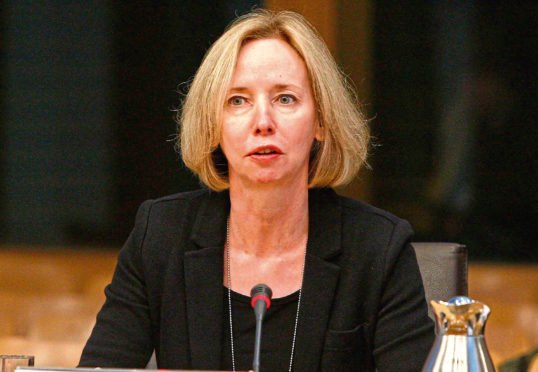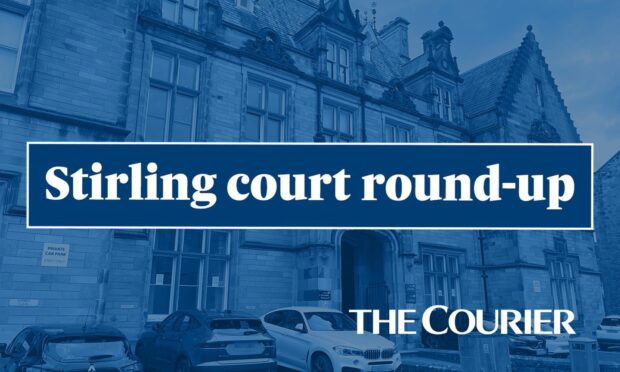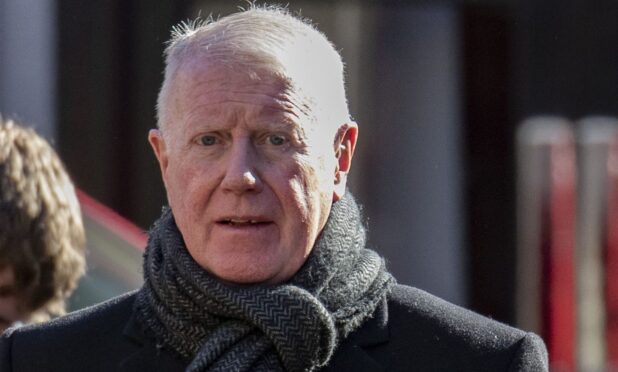The annual value of student loans authorised in Scotland has almost tripled over a decade as poorer students are borrowing more, according to an official report.
Audit Scotland has published a paper that shows the Student Awards Agency Scotland (SAAS) authorised living-cost loans totalling £533.6 million in 2018-19 – an increase of 185% from £187m in 2008-09.
It also reveals the total student loans debt has increased from £2.4 billion in 2010-11 to £5.5bn in 2018-19.
The public auditor recommends support should be provided through a mix of bursaries and student loans, with means testing to target those from the poorest backgrounds. It comes against a backdrop of those with less financial stability borrowing more, the body says.
Caroline Gardner, auditor general for Scotland, said: “Student loans are only one part of the package of student support but they represent a significant investment by the Scottish Government.
“These loans need to be repaid in full by either the students or the state so it’s important that the figures are clearly reported to ensure the costs are sustainable and the impact on individual students is understood.”
Owen Wright, president of Abertay University Students’ Association, said the current funding model for universities “desperately needs to change” if higher education is to remain truly free in Scotland.
He said: “It isn’t a huge surprise to us that the need for students to amass more debt has shot up significantly in the past few years.
“The cost of living for students, reflected in rents, food, hygiene, internet, gas or electricity, is increasing year by year, and so the funding students need to stay afloat during their studies inevitably goes up. The funding model for students given by the Scottish Government is currently mostly based on loans, rather than bursaries and grants.
“This desperately needs to change if higher and further education in Scotland is to remain truly free and goes especially for students coming from poorer and disadvantaged backgrounds who tend to accumulate more debt.”
The paper shows 505,800 individuals had loans to repay out of 654,000 who have been provided with funding as of April 2019.
In 2018-19, £7m worth of debt was written off, which happens in circumstances when a person becomes permanently unable to work or reaches a time bar on having to repay outstanding money.
Between academic years 1998-99 and 2006-07, any outstanding amount will be cancelled when the individual reaches 65 years of age or 30 years from the April after they graduated.
In or after academic year 2007-08, it will be written off 30 years from the April after they graduated.
See comment on page 24










